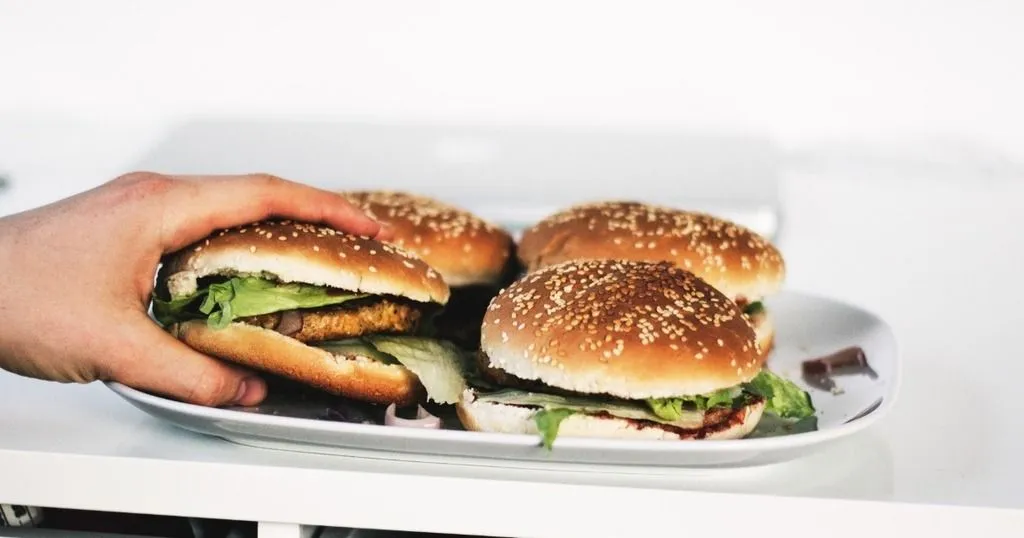Emotional responses, heart rate & more: measuring consumer behavior
As a consumer, you have to make many different choices. Which peanut butter do you want? Which potato chips are the healthy choice?
Posted by
Published on
Tue 19 Jun. 2012
Topics
| Consumer Behavior | FaceReader | Facial Expression Analysis | Methods And Techniques | Physiology | Video Observation |

As a consumer, you have to make many different choices. Which peanut butter do you want? Which potato chips are the healthy choice? Some consumer groups are more vulnerable than others. For example, food and drinks meant for children, older persons, and consumers with poor health should receive extra consideration.
Questionnaires
In the past, research in this area had mostly been done using questionnaires. You often saw students in the supermarket carrying clipboards with 5 to 10 questions per product. Supermarket visitors then provided researchers with answers about preference. However, these might have been socially desirable or so called ‘conscious’ answers. They might not have reflected the initial response of this particular person. This initial response or so called unbiased reaction is what researchers are after these days. Observing behavior is therefore becoming more and more popular.
Behavioral and physiological measures
In a recent publication in Food quality and preference De Wijk et al. 2012 explain that consumer acceptance may be based on unconscious processes. Therefore, they explored several behavioral and physiological measures (learn more about psychophysiology) to see if they could gain more insight into consumer behavior. They investigated which techniques were most suitable for future consumer research. They want to make a contribution and expect that research will make a difference in facilitating the development of (healthy) food for various consumer groups, such as the older persons.
Restaurant of the Future
The test took place in the sensory laboratory of the Restaurant of the Future. This restaurant is a unique environment where scientists can observe restaurant visitors. It comprises of two parts: a company restaurant (living lab) and a sensory consumer research lab. A total of 16 children and 15 young adults participated. In short, three liked and three disliked food items were selected for each participant and their responses were measured at first sight and after the test leader asked them to inspect, smell or taste the food item.
Facial expression analysis
In the experiment De Wijk et al. carried out, facial expressions were analyzed using FaceReader software. This software automatically analyzes six basic emotions: sad, scared, happy, disgusted, angry, and surprised.
One camera was used to record the facial expressions and afterwards FaceReader analyzed the videos. To measure the heart rate, skin conductance and finger temperature, electrodes and ear clips were placed on the test participants. The physiological measures were recorded continuously and analyzed afterwards per experimental session.
Food preference
Using these methods, De Wijk et al. were able to obtain detailed information on food preferences in relation to specific food properties. For example, they conclude that facial expressions successfully reflect negative but not positive food preferences. And they found much more. For example that finger temperature was higher for liked foods than for disliked foods. This means facial expression analysis and physiological measurements can add real value to the understanding of behavior.
Reference
De Wijk, R.A.; Kooijman, V.; Verhoeven, R.H.G.; Holthuysen, N.T.E.; De Graaf, C. (2012). Autonomic nervous system responses on and facial expressions to the sight, smell, and taste of liked and disliked foods, Food Quality and Preference, 26, 196-203.
Related Posts

Fake or real? AI illusions on the street

Just the way I want it: a study on consumer experience in self-designing

